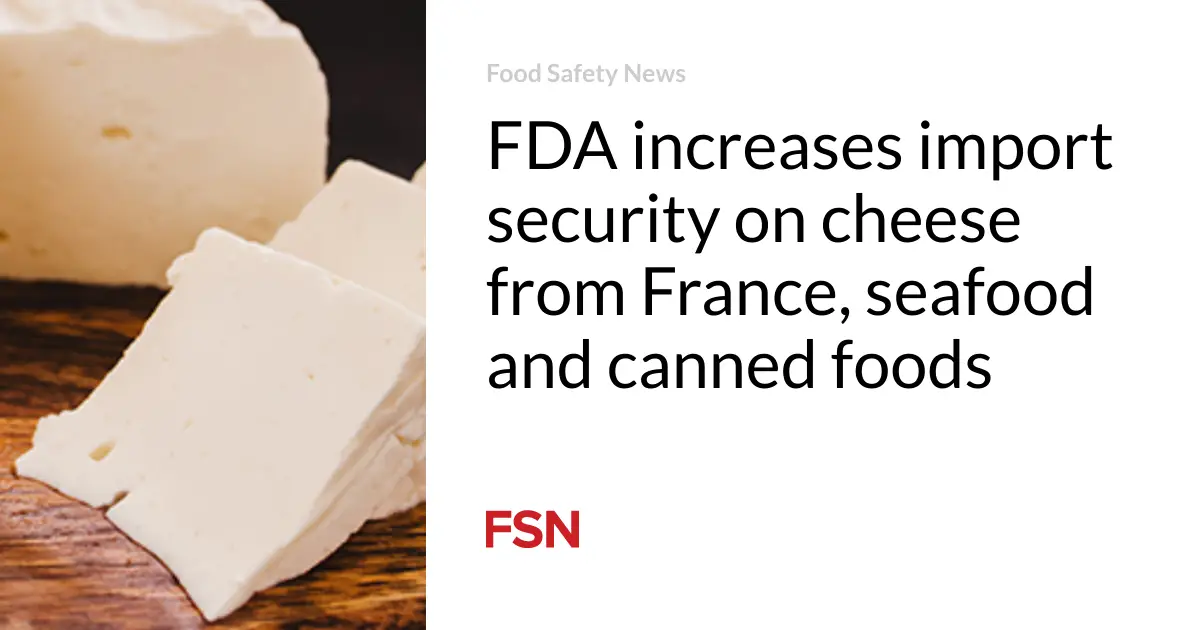
OK, we’ll admit it. Danish isn’t the easiest language to learn – pronouncing certain words involves some invigorating tongue gymnastics and a talent for gulping down glottal stops. With just 6 million native speakers, Danish hardly matches widely spoken Mandarin (941 million speakers) or Spanish (486 million speakers) either.
But mastering a few basics – how to order a coffee or commenting on the weather by talking about windswept pelicans (seriously, read on) – can deeply enrich your experience when visiting Denmark. The Danes are a convivial bunch and will truly appreciate your efforts getting to grips with their Old Norse-descended syntax (no matter how foolish you may feel). Try to speak Danish in a snug cafe or pub and it could lead to some illuminating conversations and lifelong friendships. Heck, you might even be able to watch an episode of The Killing/Borgen with the subtitles off when you get back home too …
The essentials
Hello
Hej (informal)/goddag (formal)
Thank you
Tak
Goodbye
Hej hej (informal; yes we know bidding farewell with “hello! hello!” is confusing); farvel (formal). Some people also say hyg dig! (which translates as “have hygge”).
Please
So … Danish has no word for “please”. Instead, many use the words
vær så venlig (“be so kind”), start sentences with “May I?” (Ma jeg) or “Could I” (Kunne jeg), or simply add the word tak (“thank you”) to the end of their question.
Yes
Ja (pronounced “yeah”)
No
Nej
How are you?
Hvordan har du det?
Do you speak English?
Taler du engelsk?
Could you please repeat that?
Kan du venligst gentage det?
What is your name?
Hvad hedder du?
My name is …
Jeg hedder …
I am from …
Jeg er fra …
Sorry/excuse me
Undskyld
Where is … the museum/train station/restaurant?
Hvor er … museet/togstationen/restauranten?
When’s the next bus/train?
Hvornår er den næste bus/tog?
I have a reservation
Jeg har en reservation
Are there any gay venues nearby?
Er der nogle homoseksuelle spillesteder i nærheden?
Do you accept credit cards?
Accepterer du kreditkort?
Does the room have a bath and toilet?
Har værelset bad og toilet?
Where can I rent a bicycle?
Hvor kan jeg leje en cykel?
Cool!
Det er fedt!
One
En
Two
To
Three
Tre
Four
Fire
Five
Fem
Six
Seks
Seven
Syv
Eight
Otte
Nine
Ni
10
Ti
Food and drink
(Open sandwiches and a staple of Danish cuisine)
Smørrebrød
Buffet-style spread of cold foods
Koldt bord (cold table)
Herring
Sild … which could come pickled (syltede), marinated (marinerede) or salted (salted).
Shrimps
Rejer
Meatballs
Frikadeller
Hot dog stands (ubiquitous in Copenhagen)
Pølsevogn (literally “sausage wagons”)
Coffee
Kaffe
Tea
Te
Danish pastry
Wienerbrød AKA “Vienna bread”. That’s right. If you want to order the flaky, buttery treat known to the rest of the world as a “Danish”, you’ll need to use an Austrian moniker in its homeland (the legend goes that bakers from Vienna brought the delicacy to Denmark in the 19th century, but when Danish bakers moved abroad, introducing their new homelands to the flaky treat, the pastries became known as Danish).
Beer
Øl
White wine
Hvidvin
Red wine
Rødvin
Mulled wine
Gløgg
I’m a vegetarian/vegan
Jeg er … vegetar/veganer
The bill please!
Regningen tak!
Which beer do you recommend?
Hvilken øl anbefaler du?
Cheers!
Skål!
Breakfast
Morgenmad
Lunch
Frokost
Dinner
Aftensmad
Can you recommend a cafe/pub/restaurant
Kan du anbefale en café/pub/restaurant
What do they mean?
Så er den ged barberet!
The goat has been shaved! A Danish phrase about getting the job (or “goat”) done.
Sluge en kamel!
Swallow a camel! AKA you might have to endure something you don’t agree with.
Skød papegøjen!
[He/she] shot the parrot. When to say it: to somebody who has got lucky, such as winning hundreds of euros at the races.
Jeg har det som blommen i et æg
I feel like an egg yolk. When to say it: whenever you feel content.
Det blæser en halv pelikan
It’s blowing half a pelican. Danes use this when it’s windy weather.
Det regner skomagerlærlinge
It’s raining cobbler’s apprentices. A uniquely Danish take on “It’s raining cats and dogs”.
Der er ugler i mosen
There are owls in the bog; something suspicious might be happening.
Did you know?
In 2017, hygge was officially welcomed into the English language with its entry into the Oxford English Dictionary – all very “pleasant”, even if the pronunciation can still be a bit of a handful.
On the subject of pronunciation, here are a couple of helpful hints: “hej” for example is said as “hi”, “y” is similar to an “u” in English and “j” is pronounced like a “y”.
Start planning where you will use your newly learned Danish here







